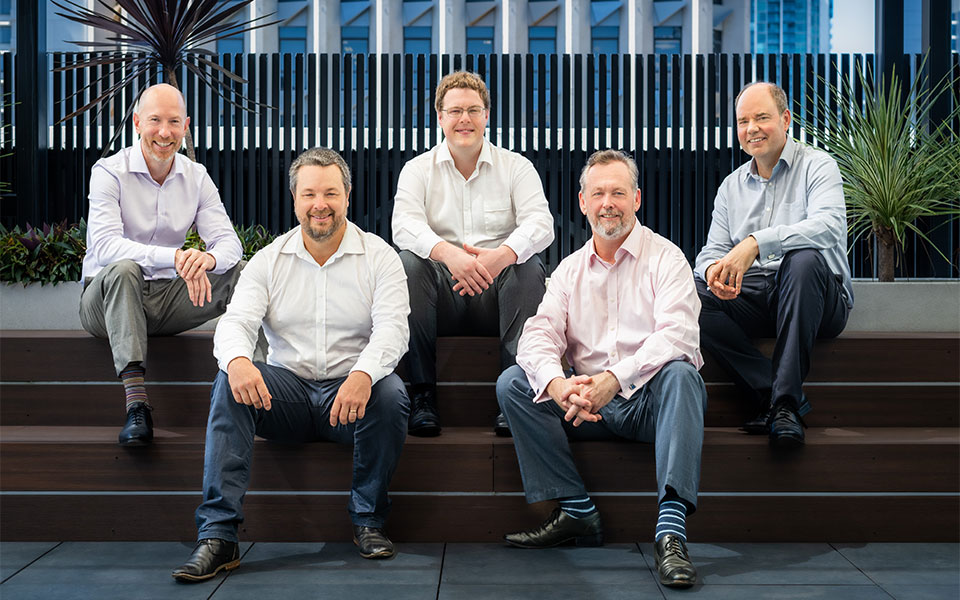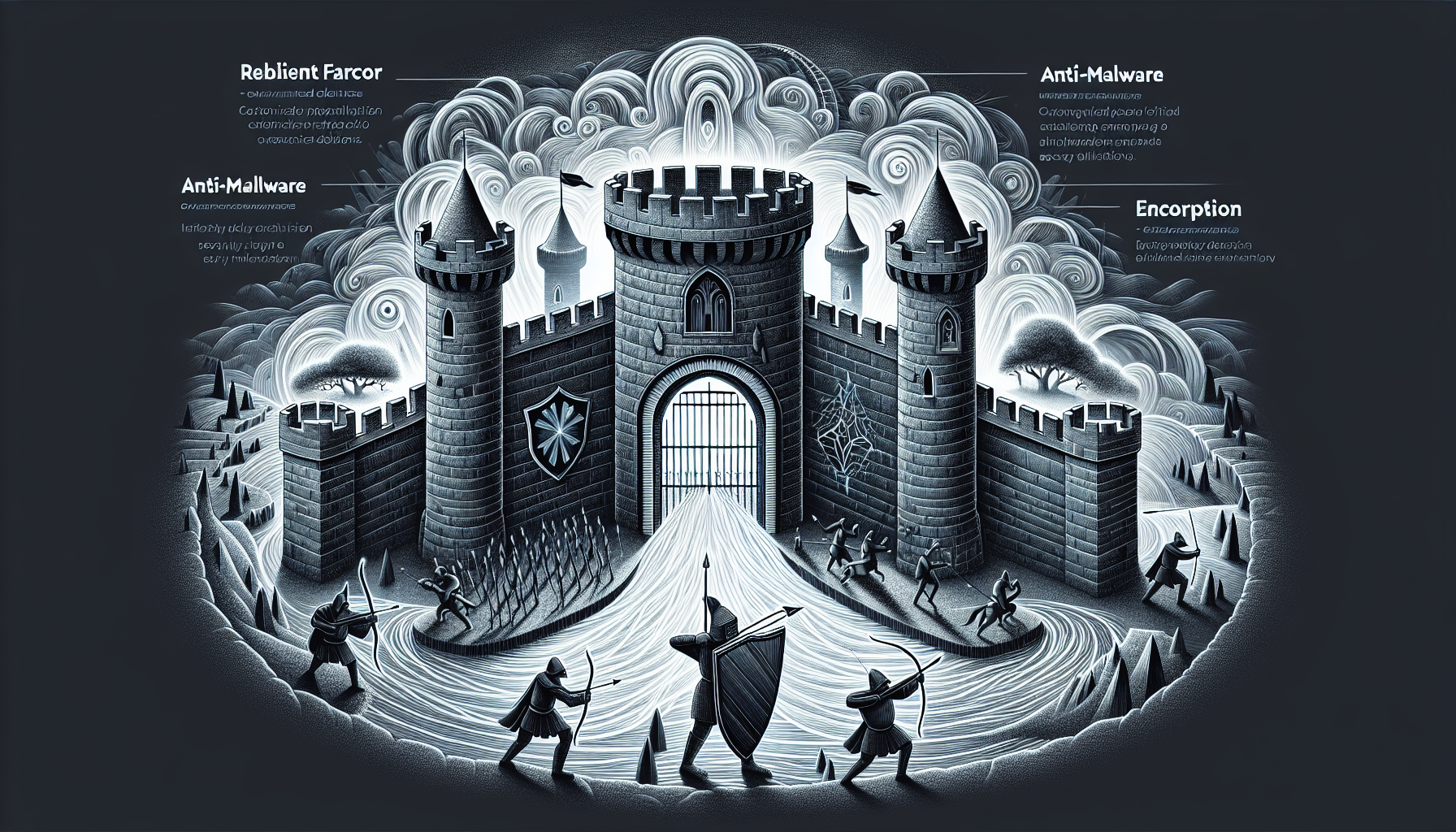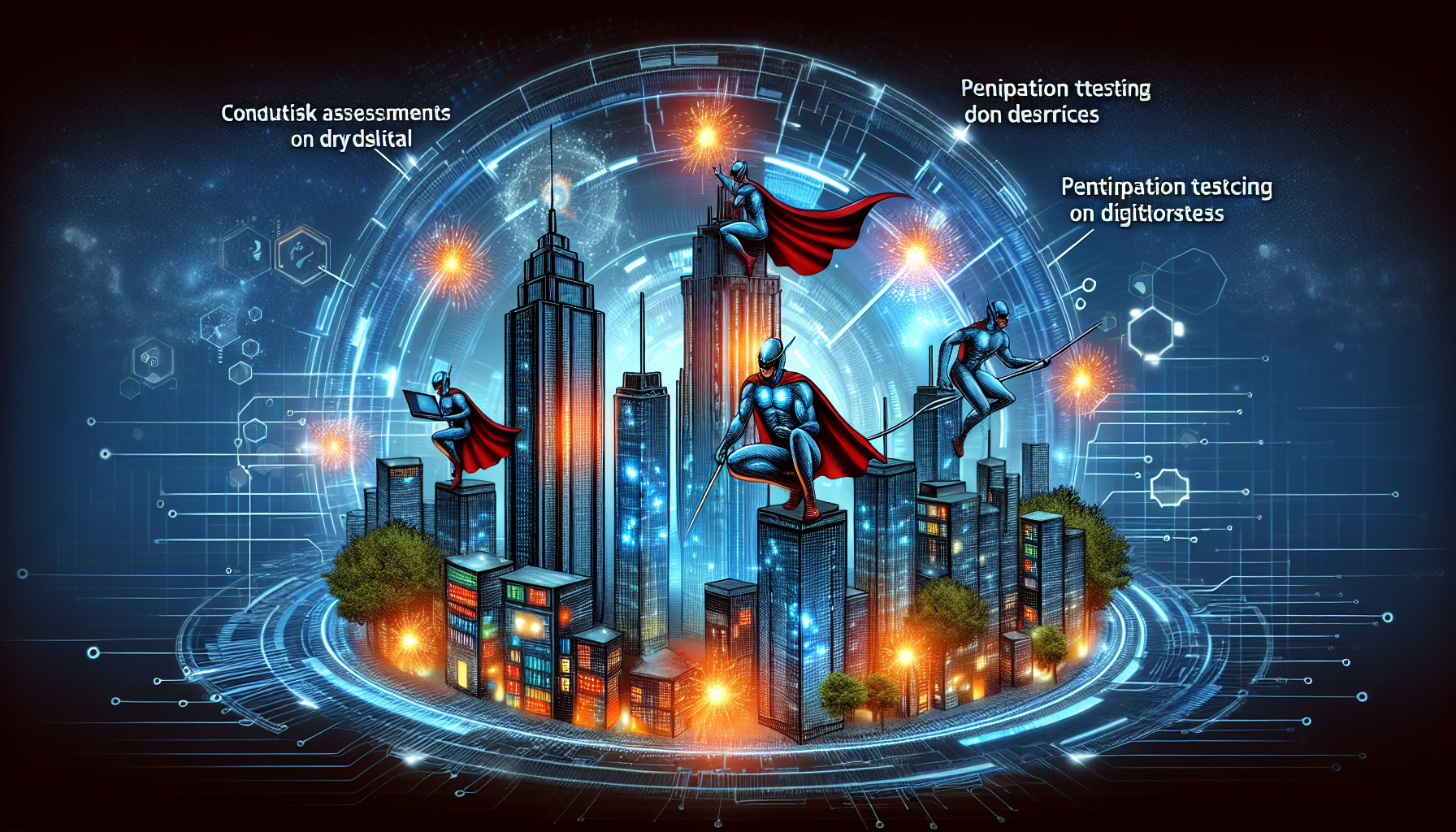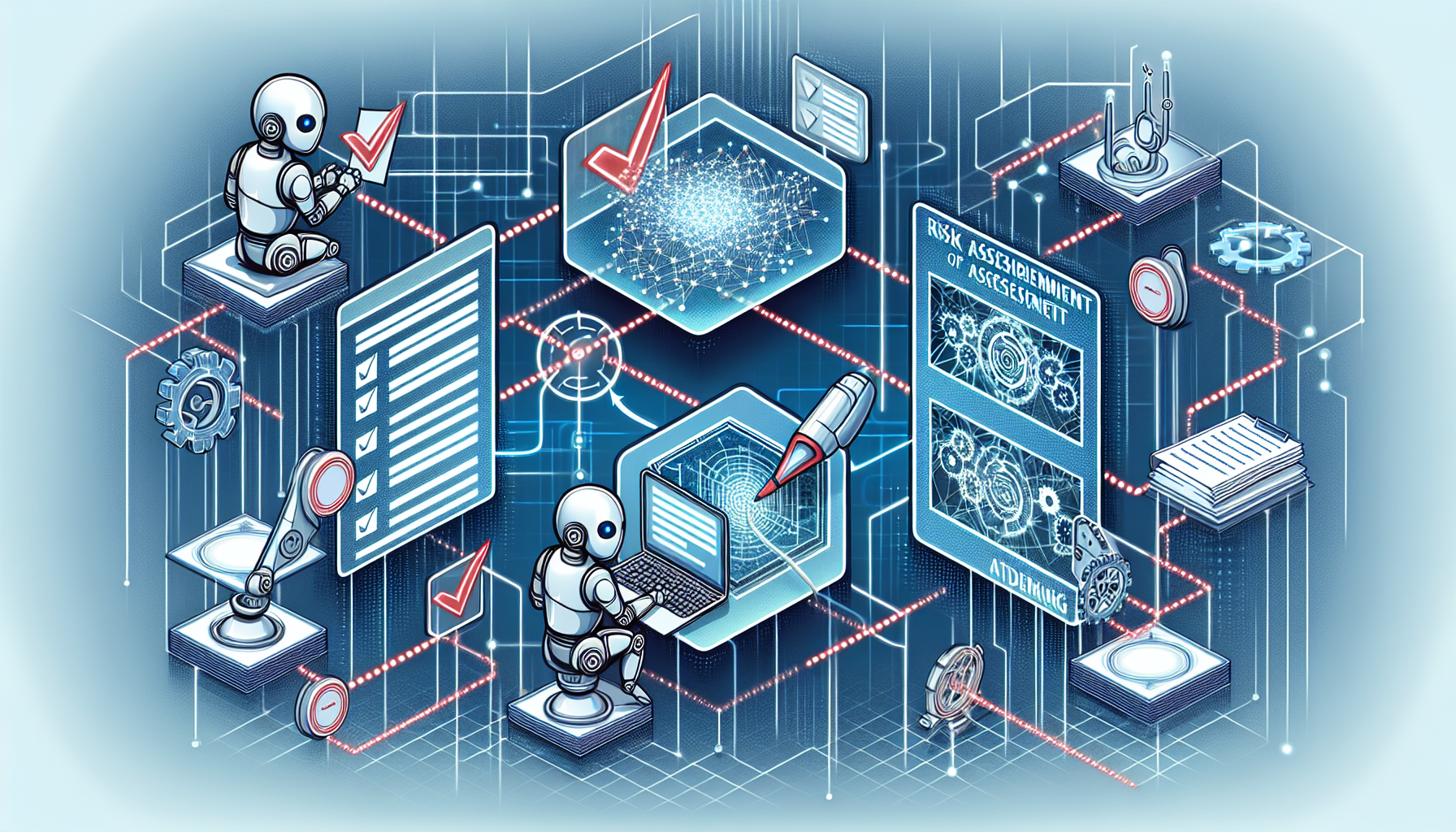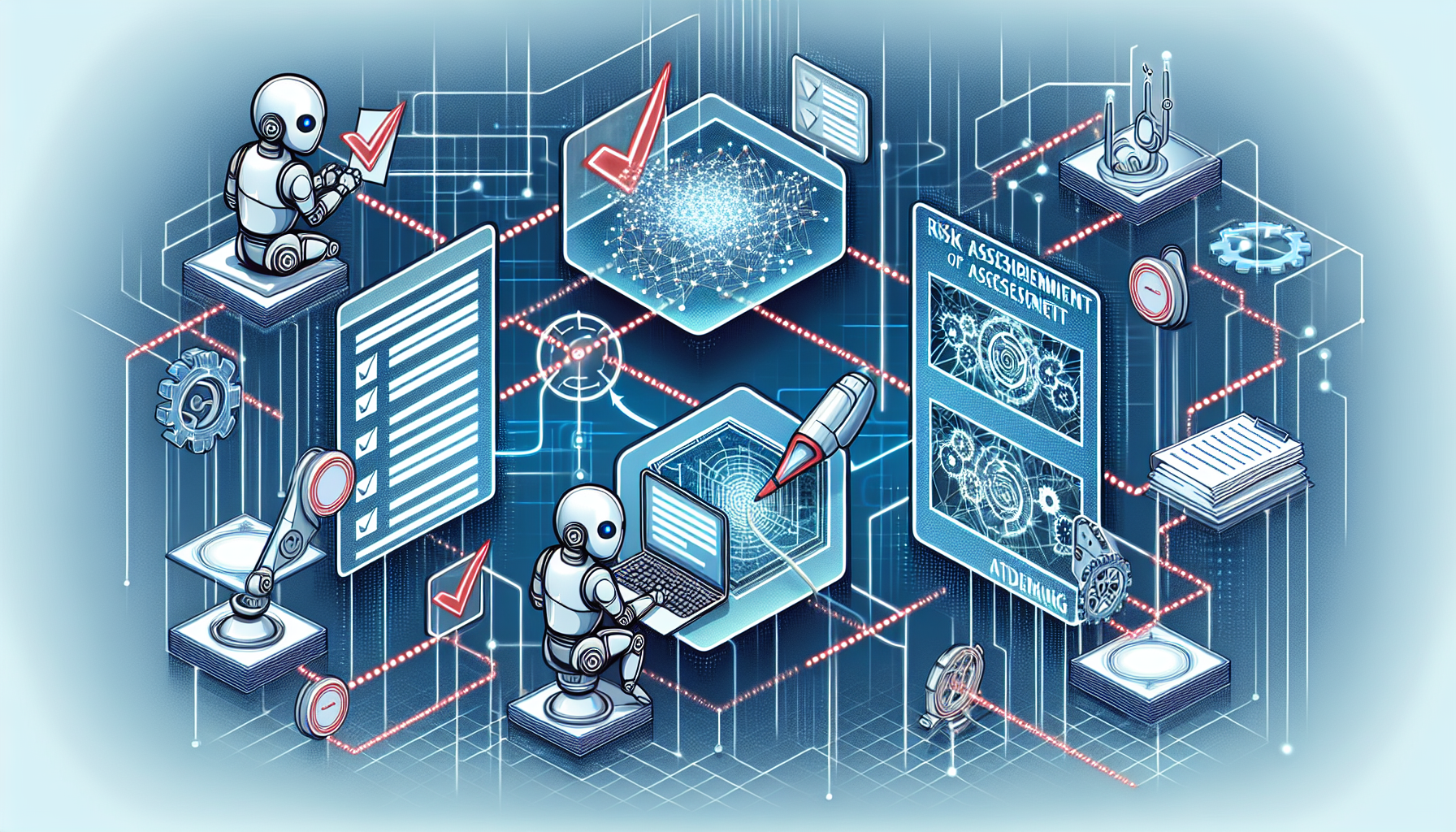
Introduction
In the fast-paced world of digital business, network transformation has emerged as a critical strategy for companies aiming to enhance their operational agility and meet evolving technological demands. As industries increasingly rely on digital customer engagement, cloud computing services, big data, and IoT, the need for robust, scalable, and secure network infrastructures has never been greater.
Network transformation involves the comprehensive revamping of traditional network architectures to support advancing technologies, thereby enabling businesses to drive growth and innovation. This process is essential for adapting to the rapid changes in technology and market conditions, allowing companies to remain competitive and forward-thinking in their approach to business growth.
What is Network Transformation
Network transformation is the comprehensive overhaul of a business’s network infrastructure to adapt to new technological demands and improve performance, scalability, and security. It involves taking advantage of the country’s investment in NBN fibre and integrating cutting-edge technologies such as Software-Defined Networking (SDN), cloud computing, and advanced cybersecurity measures. This transformation enables organizations to manage their networks more efficiently and respond more rapidly to changes in the business environment. Through such upgrades, companies can enhance connectivity, improve system management & customer experience, and support future technological integrations, thereby facilitating a smoother path towards digital modernization.

Driving Force Behind Network Transformation Projects
The push towards network transformation is largely driven by rapid advancements in technology and the growing demands of the digital economy. Businesses are increasingly reliant on cloud technologies, big data analytics, and the Internet of Things (IoT), which require robust and agile network infrastructures. This need for faster, more reliable, and secure networks is compelling companies to rethink their traditional network setups. By transitioning to modern, secure and scalable network architectures, businesses can effectively adapt to technological changes and market demands, ensuring they remain efficient and competitive in an ever-evolving landscape.
Enhancing Business Agility
Network transformation is pivotal in enhancing business agility, allowing companies to respond swiftly and effectively to market demands and technological changes. This transformation facilitates quicker deployment of new applications and services, streamlined operations, continuous innovation and a more robust own model in response to customer demands and competitive pressures.
By leveraging advanced networking technologies like SDN and cloud computing, businesses can dynamically adjust their network resources, improving operational flexibility and decision-making speed. This strategic update not only modernizes infrastructure but also maximizes the agility with more flexibility provided by modern network solutions, helping businesses maintain their competitive edge in an ever-changing market environment.
Boosting Operational Efficiency

Network transformation is critical for enhancing operational efficiency within modern enterprises. By upgrading network infrastructures to more advanced systems, companies can achieve significant improvements in speed and data management, often while reducing telecommunication costs. These upgrades reduce latency, increase throughput, and streamline network operations, directly impacting productivity and operational costs.
Advanced network systems typically incorporate automated management tools and cloud-based solutions, which facilitate more efficient resource use and reduce the workload on IT departments. This streamlined approach not only supports current operational demands but also scales effectively to meet future business needs, ensuring ongoing efficiency and performance enhancement.
Greater Scalability and Flexibility
Network transformation is integral to achieving greater scalability and flexibility within organizations. As businesses grow and their needs evolve, traditional network infrastructures often struggle to keep pace. Transforming these networks with modern technologies like cloud services and virtualization enables organizations to scale resources up or down based on demand, without the constraints of physical hardware limitations.
This ability and adaptability are crucial for handling peak loads during high-demand periods and scaling back during quieter times, ensuring that the company and network always operate efficiently. By embracing network transformation, companies can better support future growth and adapt quickly to changing market conditions.
Improved Security and Compliance

Network transformation not only enhances operational efficiency but also significantly strengthens security measures and compliance with industry regulations. By incorporating the latest security technologies such as advanced encryption, firewall enhancements, and AI intrusion detection systems, transformed networks are better equipped to protect sensitive data and prevent cyber threats. Additionally, these modern networks can more readily adapt to changing compliance requirements, ensuring that organizations stay aligned with legal standards.
This proactive approach to network security reduces the risk of data breaches, reduces costs, and builds trust with customers, making it a critical component for the success of any business operating in today’s digitally driven marketplace.
Challenges to Network Transformation
Network transformation, while offering numerous benefits, presents several challenges that can impede progress. One of the primary hurdles to a network overhaul is the integration of new technologies with existing legacy systems. This integration often requires careful planning and skilled technical expertise to ensure compatibility and minimize disruptions to ongoing operations. Additionally, the complexity of new network architectures can pose significant challenges, requiring organizations to invest in training for IT staff to manage these advanced systems effectively.
Another major challenge can be a substantial investment may be needed for network transformation. Upgrading network equipment and infrastructure can involve significant capital expenditure, which can be a barrier for many organizations. There is also the challenge of justifying the return on investment to stakeholders, particularly when benefits, such as increased efficiency and enhanced security, may take time to manifest visibly. Strategic planning and clear communication of the long-term advantages of network equipment are essential to overcoming these potential financial hurdles.
Overcoming Technological Barriers

Technological barriers are among the most significant challenges faced during network transformation. The adoption of new technologies can be daunting, especially when it involves replacing or integrating with well-established legacy systems. These barriers often stem from the complexities of new technologies that require specialized knowledge and skills that may not be readily available within the existing workforce. Ensuring compatibility and minimizing disruptions to current operations are also critical factors that need careful management.
To overcome these technological barriers, organizations must prioritize training and possibly hiring new talent with the requisite technical expertise. It’s also beneficial to partner with independent organizations who offer comprehensive support and services tailored to the specific needs of the business. By addressing these barriers with a proactive approach, businesses can facilitate a smoother transition and capitalize on the benefits of modernized network infrastructure more quickly.
Managing the Cost of Transformation
The financial aspect of network transformation can be daunting for many organizations. The initial costs associated with upgrading network infrastructure, integrating new technologies, and training staff can be substantial. These expenditures are necessary for creating a more efficient, secure, and scalable, network as a service, but require careful financial planning and justification to stakeholders concerned about the return on investment.
To effectively manage and control these costs, companies should adopt a phased approach to network transformation. By prioritizing areas that will deliver immediate savings and critical infrastructure for focus and immediate improvement and planning subsequent upgrades, businesses can spread out expenses while continuously benefiting from incremental enhancements. Additionally, exploring financial models like leasing or subscription services for hardware and software can reduce upfront costs and align expenditures with benefits received over time.
Addressing Cultural and Organizational Change

Cultural and organizational resistance can significantly impede the process of network transformation. As companies modernize their networks, the shift in technologies often enables changes in workflow, roles, and responsibilities, which can be met with resistance from employees accustomed to traditional methods. This resistance is primarily due to fear of the unknown and concerns about job security or increased complexity in daily tasks.
To navigate these challenges, leadership must foster and create an inclusive culture that embraces change. Effective communication, highlighting the benefits and potential pitfalls of transformation for the company and individual employees, is essential. Providing adequate training and support helps ease the transition, allowing staff to feel confident and competent with the new systems. Engaging employees early in the process and encouraging their input can also lead to smoother implementation and greater acceptance of new technologies.
Ensuring Continuous Operations During Transition
Maintaining continuous operations during a network transformation is crucial for businesses to avoid disruptions that can impact customer service and operational efficiency. The process of integrating new technologies while keeping existing systems running can be complex and requires meticulous planning. Ensuring that there is a robust failover and rollback strategy in place is essential to address any unforeseen issues that might arise during the transition.
Businesses should also implement a phased approach to the rollout of new network components. This strategy allows IT teams to test and refine each stage of the transformation, ensuring compatibility and minimizing impact on daily operations. Regular communication with all stakeholders about planned changes and potential impacts is critical. This transparency helps manage expectations and prepares the organization for any necessary adjustments during the transformation process.
Integration of IoT and Network Transformation
The integration of the Internet of Things (IoT) into network transformation projects is reshaping how businesses interact with their physical and digital environments. IoT devices generate a vast amount of data that requires robust network infrastructure to handle efficiently. Upgrading networks to accommodate IoT technology not only enhances data processing capabilities but also expands the potential for automation and real-time decision-making across various sectors, including manufacturing, healthcare, and retail.
By implementing advanced network solutions that support IoT, companies can unlock new opportunities for innovation and efficiency. This transformation allows for seamless connectivity between devices and better data insights, which can drive significant improvements in operational processes and customer experiences. As networks become more capable of handling IoT demands, businesses are poised to benefit from the enhanced intelligence and connectivity that these technologies offer.
The Influence of Artificial Intelligence
Artificial Intelligence (AI) is playing a transformative role in network management and operations. AI technologies enable networks to become more adaptive and intelligent, automating complex processes such as traffic management and network security. This automation not only enhances efficiency but also helps in proactively identifying and mitigating potential issues before they impact service quality.
Furthermore, AI-driven analytics provide deep insights into network performance and user behaviour, allowing for more precise and predictive maintenance strategies. This level of intelligence and automation is crucial for optimizing network resources and enhancing the overall end-user and experience, leading to more robust and responsive network environments.

Training and Skills Development for Future Networks
As network technologies evolve, the demand for specialized skills to manage and optimize these complex systems increases. Training and development become crucial for IT staff to keep pace with leveraging the latest network technologies such new solutions such as SDN, 5G, and IoT integrations. Investing in education and skill development ensures that employees are well-prepared to handle these advanced systems, which is essential for the smooth operation and security of modern networks.
Furthermore, continuous learning and development initiatives help retain top talent by providing career growth opportunities within the evolving tech landscape. Businesses that prioritize training are better equipped to leverage new technologies effectively, leading to more sales, improved operational efficiencies and innovative solutions. This focus on skill and knowledge development not only enhances the capabilities of individuals, leaders and team members but also boosts the overall competitiveness of the organization.
Evaluating the Impact of Network Transformation

Understanding the impact of network and digital transformation initiatives is essential for businesses to ascertain the value of their investments in new technologies. Key performance indicators (KPIs) like user experience (UX), network uptime, response times, and security incident rates are crucial for measuring the improvements in network infrastructure. These metrics help organizations evaluate the enhancements in network performance and operational efficiency, ensuring that the digital transformation efforts align with their strategic objectives.
Beyond technical metrics, evaluating the transformation’s impact on business outcomes, such as customer satisfaction and employee productivity, is also vital. This broader assessment of success helps justify the investments made in network transformation projects and provides valuable insights for future technology strategies, guiding decision-makers in ongoing network management and optimization efforts.
Future Trends in Network Transformation
The landscape of network transformation is continually evolving, driven by advances in technology and changing business needs. Emerging trends such as the increased adoption of edge computing, advancements in artificial intelligence for network management, and the broader deployment of 5G technology are shaping the future of network infrastructures. These innovations promise to enhance network speed, efficiency, and flexibility, offering new opportunities for businesses to innovate and improve their services.
Additionally, the integration of cybersecurity responsibilities with network operations is becoming more sophisticated, addressing the growing concerns about data privacy and security in an increasingly connected world. As these technologies mature, they will fundamentally alter how networks are constructed and managed, pushing companies to stay ahead of the curve to maintain competitive advantage and operational excellence.
Conclusion
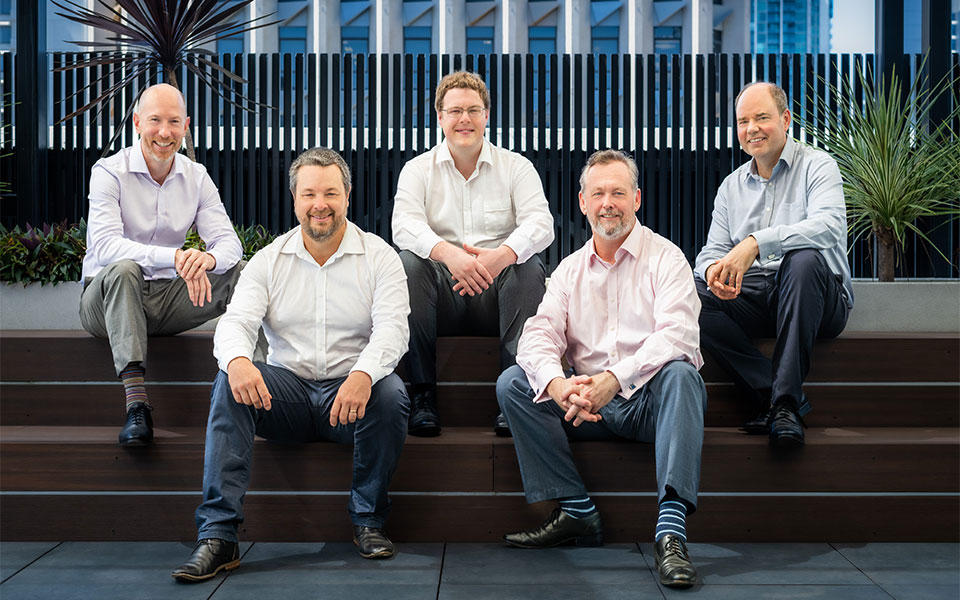
As we’ve explored, network transformation is not merely a technological upgrade but a strategic imperative for businesses aiming to thrive in the digital era. By integrating advanced technologies such as AI, IoT, and 5G into their infrastructures, companies enhance operational efficiencies, improve security, and gain the agility needed to swiftly respond to market changes. This commitment to network modernization is essential for securing a sustainable competitive advantage and fostering innovations that meet evolving customer demands.
Now is the time to act. Review your current network setup and assess its alignment with your own business growth goals. Consider engaging with professionals at Beyond Technology who can offer expert independent advice and support throughout your digital transformation journey. Taking proactive steps today will ensure your business remains resilient and dynamic in the face of future challenges.





